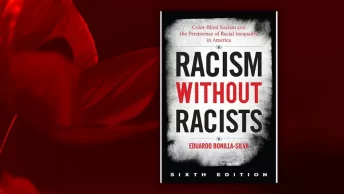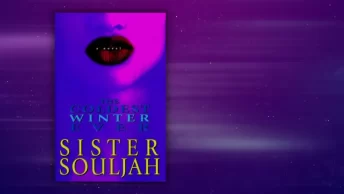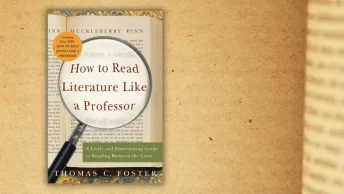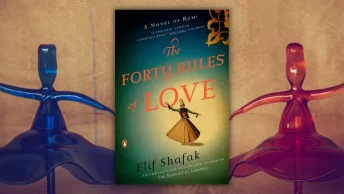Hills Like White Elephants PDF is a short story written by the renowned American author, Ernest Hemingway. It was first published in the literary magazine transition in August 1927 and later included in Hemingway’s short story collection “Men Without Women” which was published by Scribner’s in 1927.
Hills Like White Elephants has received critical acclaim for its powerful themes, stylistic writing, and nuanced characterization. It has been noted for its use of sparse dialogue and omission of overt moralizing or judgment. The story has been widely anthologized and is often considered a masterpiece of modernist literature.
The story has been praised for its ability to convey complex emotions and themes through seemingly mundane conversation. Hemingway’s unique writing style, which is characterized by understatement and minimalism, adds depth and subtlety to the story. The story is available in a variety of formats, including paperback, hardcover, and ebook.
Table of Contents
Plot Summary
The story is told through their conversation, which is filled with a lot of silences and unspoken thoughts. The American is trying to convince the girl to have the operation, but she is hesitant and unsure. They both seem to be avoiding the real issues and not communicating their true feelings to each other.
As they wait for the train, they observe the hills in the distance that look like white elephants. They briefly discuss the beauty of the hills, but their conversation soon turns back to the operation. The girl is concerned about the consequences of the operation and what their relationship will be like after it.
Eventually, the train arrives, and the couple gets on board. The story ends with the American looking at the hills and saying, “They look like white elephants.” The girl does not respond, and the story concludes with the train moving on towards its destination.
The story explores themes of communication, decision-making, and societal expectations. The couple’s inability to communicate effectively and their reluctance to face the difficult choices they must make are at the heart of the story. The hills in the distance serve as a metaphor for the couple’s uncertain future and the difficult decisions they face.
Who is Ernest Hemingway?
Ernest Hemingway was an American writer who is widely considered one of the most influential and celebrated authors of the 20th century. He was born on July 21, 1899, in Oak Park, Illinois. Hemingway’s writing career began as a journalist, and he worked for newspapers in Kansas City and Toronto before becoming a foreign correspondent for the Toronto Star.

Hemingway served as an ambulance driver in World War I, an experience that would shape much of his writing. He went on to write numerous acclaimed works, including “The Sun Also Rises,” “A Farewell to Arms,” and “For Whom the Bell Tolls.” He was awarded the Pulitzer Prize in 1953 for “The Old Man and the Sea” and the Nobel Prize in Literature in 1954.
Hemingway was known for his unique writing style, which was characterized by short sentences, sparse dialogue, and minimalism. His writing was often autobiographical and drew on his own experiences as a soldier, journalist, and adventurer. Hemingway’s work explored themes of masculinity, war, love, and death.
Hemingway’s personal life was marked by tumultuous relationships and struggles with mental illness. He was married four times and suffered from depression and alcoholism. He died by suicide on July 2, 1961, in Ketchum, Idaho.
Buy From Amazon
“Hills Like White Elephants” has been translated into numerous languages, including Spanish, French, German, Italian, and Japanese. It is widely available in translated editions in bookstores and online retailers.
| Book Editions | Check Now |
|---|---|
| English | Check Price |
Hills Like White Elephants PDF Free Download
Click on the download button below to get a pdf file of Hills Like White Elephants book.
Analysis
“Hills Like White Elephants” is a short story by Ernest Hemingway, known for its minimalist style and subtle exploration of complex themes. Here is an analysis of the story:
- Theme of Communication: The story primarily revolves around the difficulty of communication between the two main characters, referred to as “the man” and “the girl.” Their dialogue is often vague and indirect, filled with unspoken meanings and underlying tension. The story delves into the struggle of conveying emotions, desires, and making important decisions while dealing with the fear of potential consequences.
- Abortion and Relationships: Hemingway skillfully addresses the sensitive topic of abortion without explicitly mentioning it. The story revolves around the couple’s discussion about a “simple operation.” The ongoing dialogue implies that the man wants the girl to undergo an abortion, while the girl appears uncertain and conflicted. This narrative choice reflects the power dynamics and emotional complexities within their relationship.
- Symbolism: The white hills in the distance, resembling white elephants, serve as a symbolic element in the story. White elephants are often considered rare and valuable but also burdensome and difficult to maintain. This symbolism conveys the conflicting emotions of the characters towards the unborn child and the weighty decision they face.
- Hemingway’s Writing Style: Hemingway’s concise and economical writing style, known as the “iceberg theory” or “theory of omission,” is evident in this story. The majority of the story’s meaning is conveyed through subtext and what is left unsaid. By omitting explicit details, Hemingway allows readers to draw their own conclusions and encourages deeper interpretation.
You May Also Enjoy
- A Clean, Well-Lighted Place by Ernest Hemingway
- The Snows of Kilimanjaro by Ernest Hemingway
- The Metamorphosis by Franz Kafka
- A Rose for Emily by William Faulkner
- The Lottery by Shirley Jackson
- The Yellow Wallpaper by Charlotte Perkins Gilman
- The Dead by James Joyce
- The Tell-Tale Heart by Edgar Allan Poe







